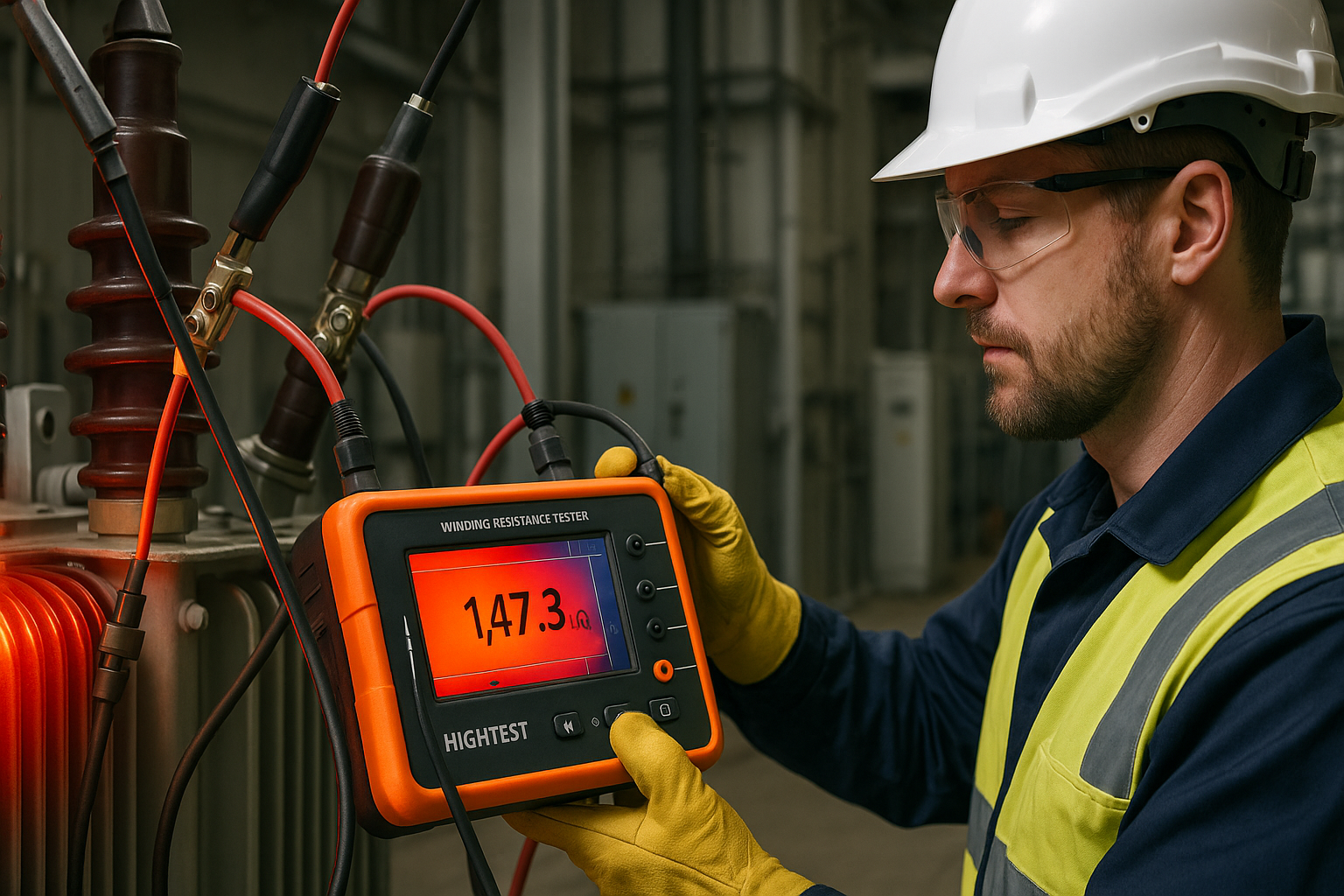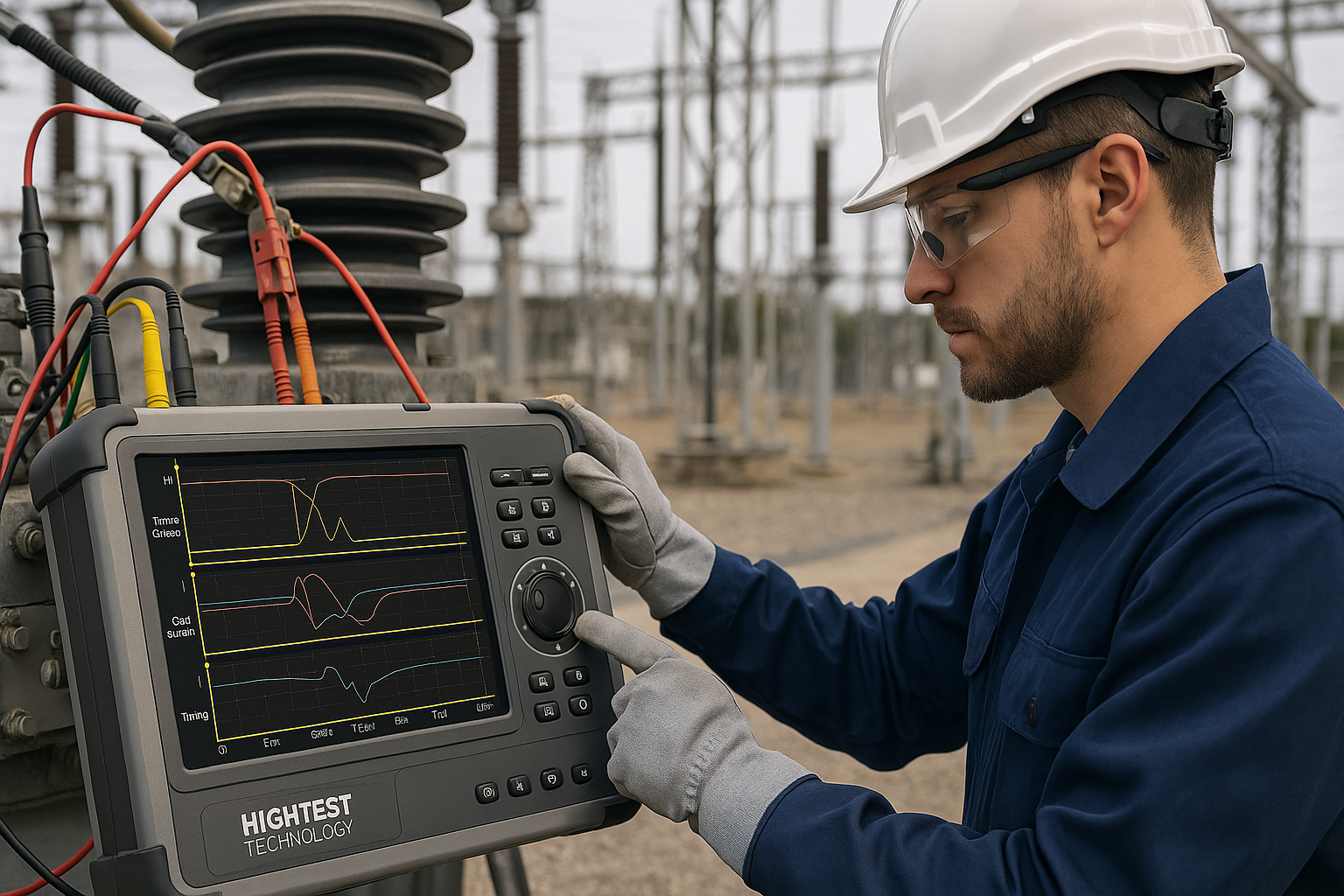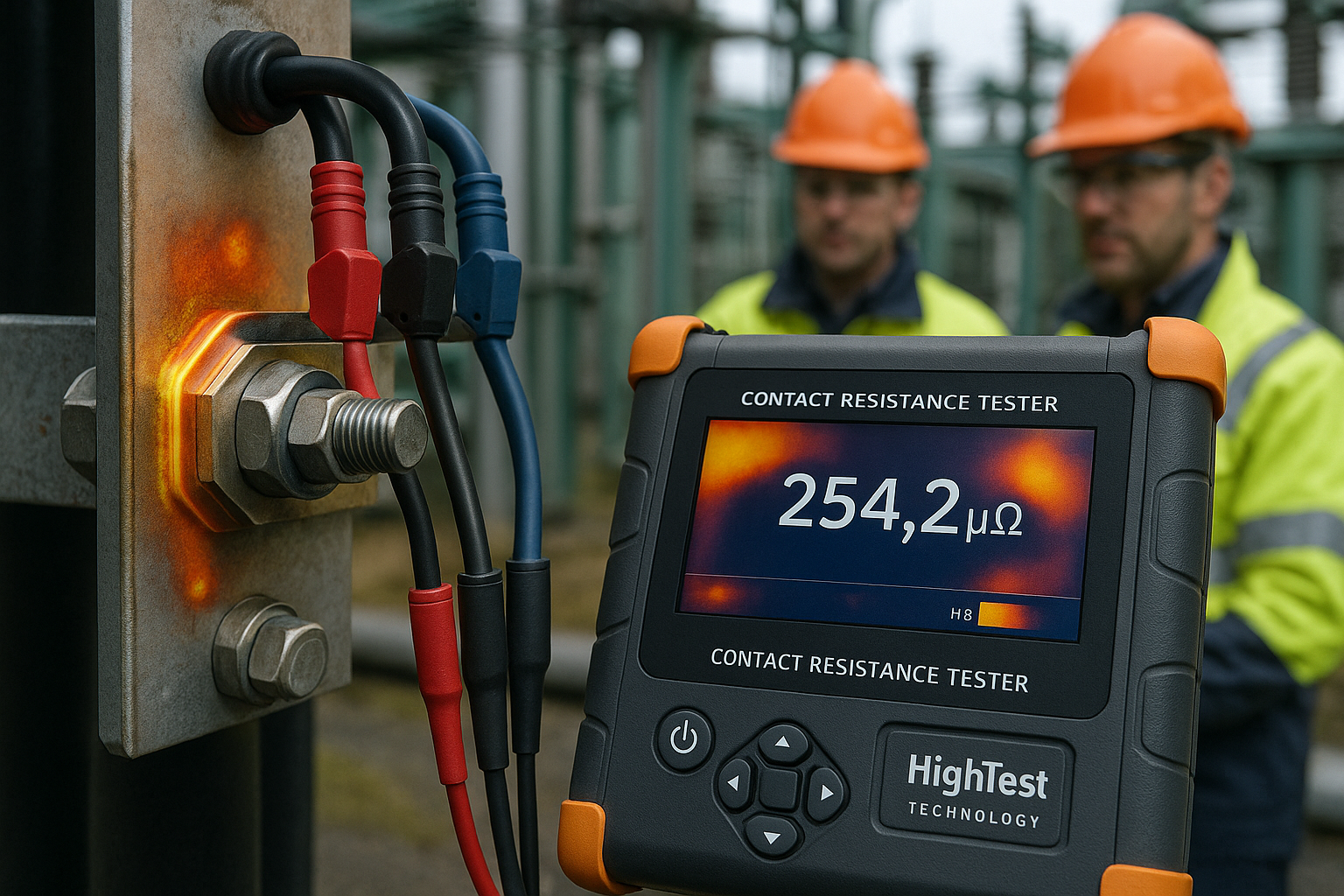A protection relay is only one part of a complex safety chain. For a circuit breaker to trip during a fault, the current transformers (CTs), wiring, and the breaker’s trip coil must all work in perfect harmony. While secondary injection testing is useful for verifying the relay’s settings in isolation, it cannot guarantee the integrity of the entire system. The only way to provide a complete proof test is through primary current injection.
This method involves injecting a high current, simulating a real fault, directly through the primary conductor—such as a busbar or the main contacts of a breaker. This current flows through the CTs, which then send a signal to the relay, which in turn activates the breaker’s trip mechanism. It is a comprehensive, end-to-end test that verifies every single component in the protection scheme under real-world conditions. It’s the ultimate way to confirm correct polarity, wiring, and the functionality of the entire trip circuit.
Due to the high currents involved, this procedure requires a robust and powerful Primary Injection Tester. These systems are designed to safely generate the necessary test currents to prove that your most critical safety systems will perform exactly as designed when you need them most. For commissioning new installations or troubleshooting complex issues, there is no substitute for primary injection testing.







